Ali Hosseini noted that saffron-growing regions in South and Razavi Khorasan provinces reach 80 thousand hectares while the figure will experience a twofold increase in the coming 10 to 15 years.
“Accordingly, we need to think of a solution to the issue in order to manage saffron production and exports,” he underlined.
In response to a question about high supply and low demand for saffron in global markets, the official maintained “we would not need to cut production; production needs to be managed rather than reduced by undertaking proper strategies like expansion of by-product and processing industries.”
“Research studies need to be carried out and modern technologies must be applied in order to extract new products form saffron supplying them to the world,” continued Hosseini.
The official reiterated “the country’s saffron production is currently 300 tons while the volume will reach about 500 tons in near future; therefore, we must be prepared as the saffron-growing regions will cover 160 thousand hectares in the next decade.”
Iran accounts for around 96 percent of the world's total saffron production and the country exports saffron to 46 countries, including European and the Persian Gulf countries.
Due to its diverse climate and fertile soil, Iran's agriculture products are rated among the best in the world with its saffron standing second to none.
Saffron, which is a spice derived from the flower of the saffron crocus, is produced worldwide each year, with Iran, Spain, India, Greece, Azerbaijan, Morocco and Italy accounting for the largest shares.
HA/3575608



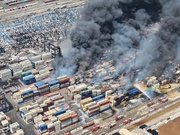
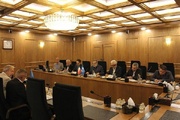
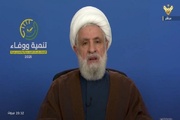

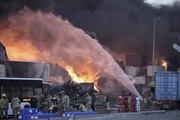

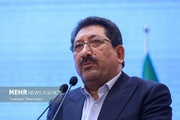
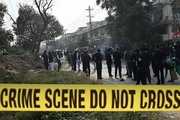


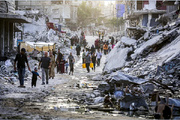

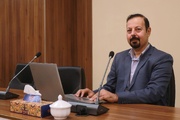
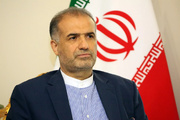
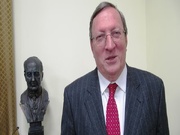

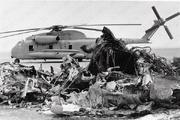


Your Comment